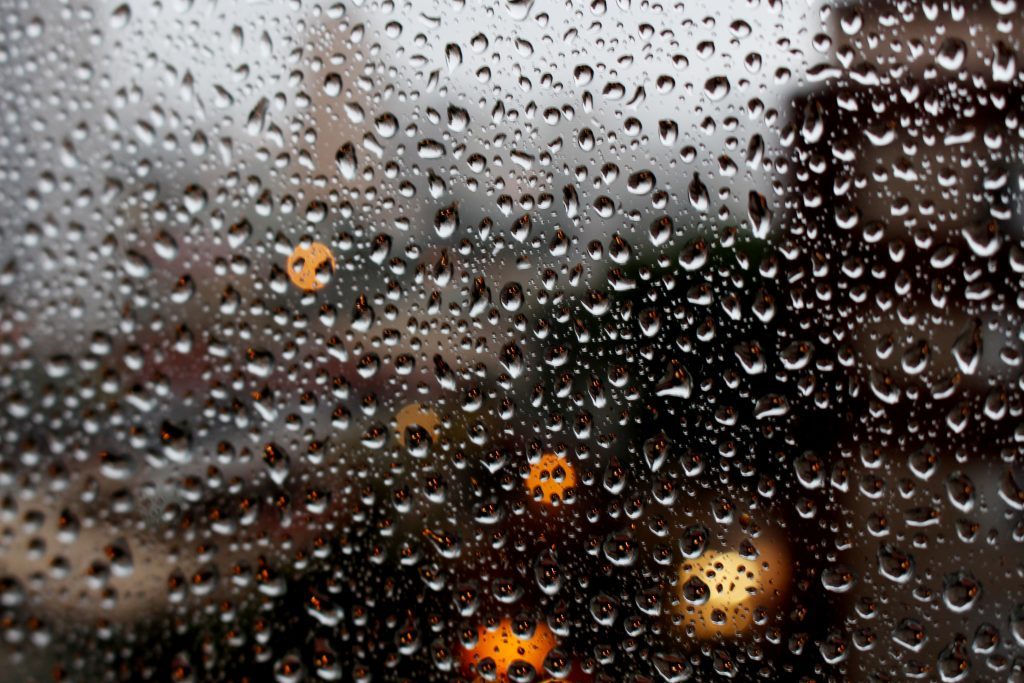Environmental Changes That Causes Mould To Grow
Under normal conditions bacteria and fungi exist in clean and dry environments within properties. Bacteria and fungi start to find their way inside houses and buildings by single cells and spores via open windows and doors and from soil that has been introduced from shoes and clothing. Under normal, dry environments indoor spores will attach themselves to inanimate objects and rest for weeks to months without causing disturbance to the property. They have the ability to resist unfavourable environmental changes and thrive best in dark and damp environments. Such ‘micro-environments’ include carpets, upholstery, wood, walls, ceilings, HVAC systems and other materials. Although this may sound problematic, regular cleaning and dusting ensures that the microbes do not flourish and begin compromising the structures within your property. This is because a regular cleaning schedule ensures micro-environments are removed on a daily basis and collections of dust and microbes are not given the opportunity to flourish.
What is Bacteria?
Bacteria is a type of single-celled organism that exists in a host of environments with different functions in different shapes and forms. Many of them exist harmoniously in micro-environments such as in the ocean, serving a very useful purpose in keeping the ecosystem in balance. In other situations they can be particularly harmful and detrimental to animals and humans when in contact. Such bacteria include Salmonella, Shigella and Escherichia coli.
What is Fungi?
Fungi are a type of eukaryotic organism including yeasts, mushrooms and mould. They are a type of organism that are not classified as animals, plants or bacteria and exist in their unique kingdom but contain complex eukaryotic cells similar to animals and plants. Fungi grow and thrive by absorbing plant and animal material from their immediate environments. Mould is a type of fungi.

1. Increased Water Exposure Resulting In Mould Growth
When moisture is introduced into an environment mould will grow in these areas. The most susceptible areas to mould growth include bathrooms, HVAC systems, basements, underneath kitchen sinks, near pipes and any area where there is minimal ventilation. When the rate of water drying is less than the rate of moisture intrusion mould will inevitably grow and flourish. The health risks are amplified for those who live or work in these buildings as the quality of the air indoors rapidly deteriorates.
2. Dark Environments That Causes Mould To Grow Rapidly
Mould grows well in both the light and the dark, however in dark environments it can grow quicker. This is because there is less light and less heat, meaning that the dark environment will most likely have increased humidity which leads to the ideal environment for mould to grow. In addition to this, under dark environments with little UV exposure the mould can continue to flourish unabated as there is no external factor drying the environment.

